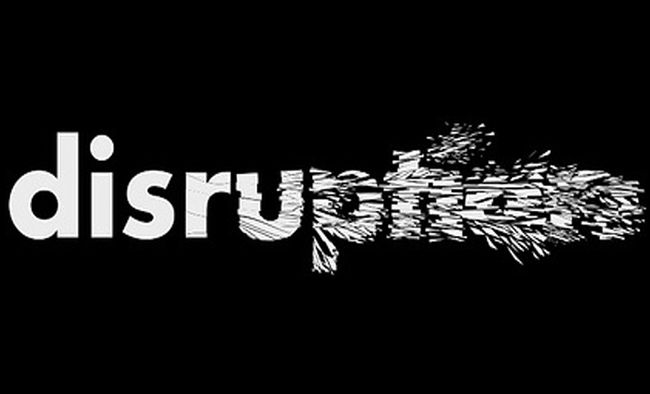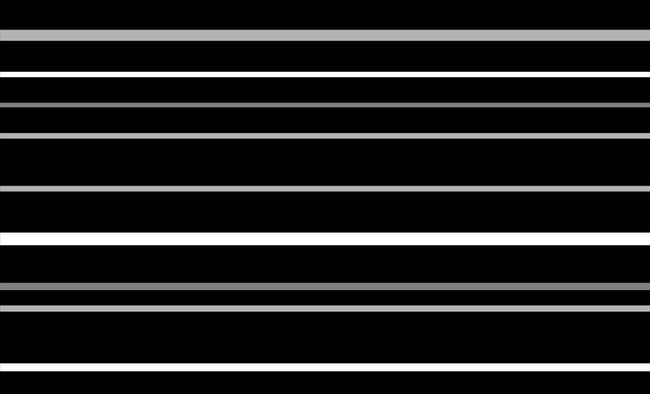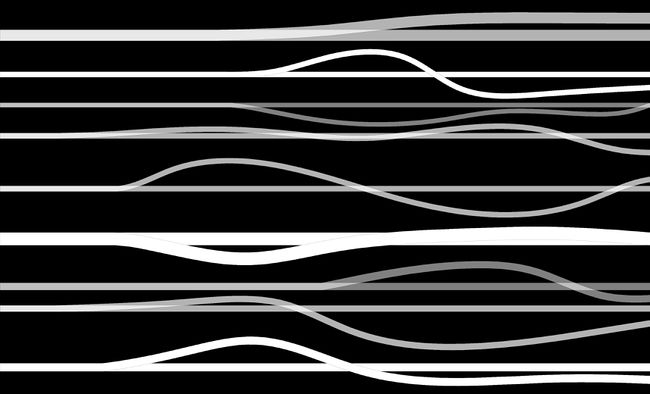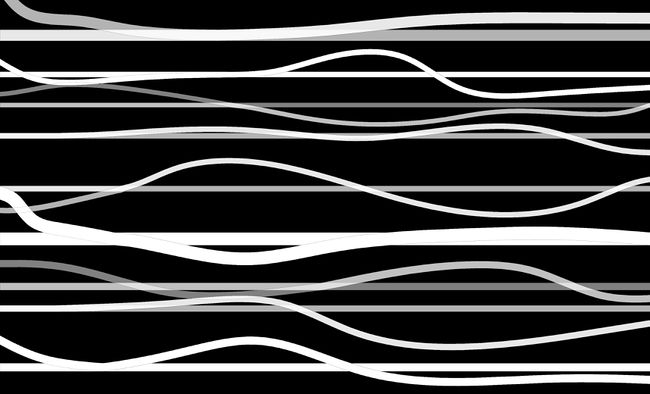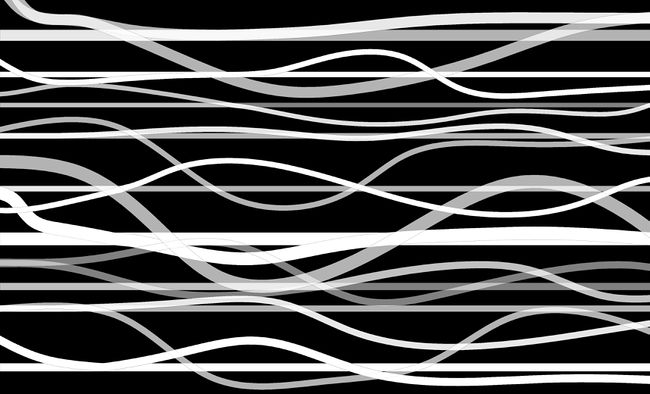atom10:Home
| Line 6: | Line 6: | ||
<div>[[Image:Fl3.jpg|frameless|none|650px|link=]]</div> | <div>[[Image:Fl3.jpg|frameless|none|650px|link=]]</div> | ||
<div>[[Image:Fl4.jpg|frameless|none|650px|link=]]</div> | <div>[[Image:Fl4.jpg|frameless|none|650px|link=]]</div> | ||
| − | |||
|id=slides refresh=4000 transition=fade sequence=forward }} | |id=slides refresh=4000 transition=fade sequence=forward }} | ||
| − | |||
| − | |||
| − | |||
</div> | </div> | ||
| − | |||
<br style="clear: both; height: 0; line-height: 0; font-size: px; /*for IE*/"/> | <br style="clear: both; height: 0; line-height: 0; font-size: px; /*for IE*/"/> | ||
| − | '''Client''': | + | |
| + | <div style="float: left; width: 960px;"> | ||
| + | |||
| + | |||
| + | '''Client''': inhabitants of Delft and Hyperbody atoms | ||
'''Challenge''': to [[atom10: disorganise monoculture| disorganise monoculture]] | '''Challenge''': to [[atom10: disorganise monoculture| disorganise monoculture]] | ||
| Line 23: | Line 22: | ||
'''Intervention''': structures and activities which break the rhythm and contours of monoculture | '''Intervention''': structures and activities which break the rhythm and contours of monoculture | ||
| − | '''Specialisation''': strategies for disrupting homogeneity and routine in behaviour of inhabitants | + | '''Specialisation''': strategies for disrupting homogeneity and routine in behaviour of inhabitants |
| − | + | ||
| − | + | ||
| − | + | ||
| + | |||
| + | Monoculture = cultivation of a single money crop or other exportable product to the virtual exclusion of others | ||
| + | |||
| + | Disruption = the act of breaking regular flow or continuity of something; especially an event resulting in dislocation or discontinuity | ||
| + | |||
| + | <div style="float: left; width: 300px; margin-right:20px; text-align:left"> | ||
| + | |||
| + | |||
| + | '''ECONOMY''' | ||
| + | |||
| + | In economics the term ‘ disruptive ’ relates to the ‘theory of technologies’ or ‘ disruption innovation’. Disruptive technology is an innovation that helps create a new market and value network by disrupting the existing market and displacing earlier technology. The term is used in business and technology literature to describe innovations that improve a product or service in ways that the market does not expect, typically first by designing for a different set of consumers in the new market and later by lowering prices in the existing market. | ||
</div> | </div> | ||
| − | < | + | <div style="float: left; width: 300px; margin-right:20px; text-align:left"> |
| − | |||
| − | |||
| − | + | '''APPLIED SCIENCES''' | |
| − | + | Heinz von Foerster was a scientist connected to the Vienna Circle and the philosophical community of the time. He developed a series of theories about the concept of complexity, including the theory of "order from disorder". He considers the unexpected and disruptive events something positive to achieve more stable new order. | |
| − | + | </div> | |
| − | + | <div style="float: left; width: 960px;"> | |
| − | |||
| + | |||
| + | |||
| + | [[File:C1.jpg | frameless | 940px]] | ||
</div> | </div> | ||
| + | <br style="clear: both; height: 0; line-height: 0; font-size: px; /*for IE*/"/> | ||
| − | <div style="float: left; width: | + | <div style="float: left; width: 960px;"> |
| − | |||
| − | |||
| − | + | '''Analysis''' | |
| − | + | Our analysis takes place on three scales, the City (Delft), District (Wippolder), and the Neighborhood (TU Noord). Using social context and rhythm analysis as a framework to identify opportunities and uses which can reinvigorate the space. The flow of movement and information around the site is primarily controlled by TU Delft. Through trans and dis-programming we can introduce new types and combinations of activities to the site, which can precipitate an imagined future scenario. This introduction of uses can disrupt the existing monoculture and provide new points of interaction and engagement between people. | |
| − | [[atom10: | + | The wider development of green and blue infrastructure offers us an opportunity. If we develop our intervention as a framework we can integrate it into the infrastructure development. In this scenario our focus changes from the small park to the campus as a whole and other underused spaces. |
| + | |||
| + | |||
| + | <div style="float: left; width: 300px; margin-right:20px; text-align:left"> | ||
| + | ''' | ||
| + | == Future Scenario == | ||
| + | ''' | ||
| + | |||
| + | It seems logical to consider the future requirements of the site as part of its existing context. With the global population set to exceed 7 billion this year, there will be increasing pressure on the current housing stock. A strategy must be created to adapt the urban infrastructure as a pre-requisite for future housing development. In this way, the intervention should consider how to precipitate the future scenario by beginning to implement its possible requirements. | ||
| + | |||
| + | [[atom10:Process | Read more about Future scenario]] | ||
</div> | </div> | ||
| − | <div style="float: left; width: 300px; margin-right: | + | <div style="float: left; width: 300px; margin-right:20px; text-align:left"> |
| + | |||
| + | ''' | ||
| + | == Rhythm analysis == | ||
| + | ''' | ||
| + | |||
| + | We will study a range of rhythms around the site; physical movement, knowledge transfer and social and economic flows. This will give the site a context which can be used to define where and how our intervention will form and what activities it should encourage. TU Delft controls the rhythm of movement and activity surrounding and extending beyond the site. The analysis will map the contours of the flow of people around the site. This analysis will help us to define where the intervention can attract users. | ||
| + | |||
| + | |||
| + | '''Library''' | ||
| + | |||
| + | The library as a flow of knowledge. | ||
| + | |||
| + | '''BK city''' | ||
| + | |||
| + | The Architecture building primarily includes movement flows but also knowledge. These flows are mostly seen as a linear rhythm. | ||
| + | |||
| + | '''Botancial garden''' | ||
| + | |||
| + | The botanical garden is connected to nature. It's rhythm represents a cyclical passing of the seasons and of years. | ||
| + | |||
| + | |||
| + | [[atom10:RhythmAnalysis | Read more about rhythm analysis]] | ||
| + | |||
</div> | </div> | ||
| − | <div style="float: left; width: 300px; margin-right: | + | <div style="float: left; width: 300px; margin-right:20px; text-align:left"> |
| + | |||
| + | ''' | ||
| + | == Imagined use analysis [matrix] == | ||
| + | ''' | ||
| − | |||
Imagining activities and their requirements to create a matrix of characteristics which can be compared and contrasted. Allowing us to analyse how different uses can interact and inform other uses and forms. What is the reaction of uses? How do they disrupt the existing flows and rhythms. | Imagining activities and their requirements to create a matrix of characteristics which can be compared and contrasted. Allowing us to analyse how different uses can interact and inform other uses and forms. What is the reaction of uses? How do they disrupt the existing flows and rhythms. | ||
| − | Starting with a series of existing activities which are similar in nature we will explore how they react with one another and the | + | Starting with a series of existing activities which are similar in nature we will explore how they react with one another to create new relationships between inhabitants and the site. |
| + | |||
| + | |||
| + | '''Uses''' | ||
| + | |||
| + | Oral history museum, Bar, Nightclub, Botanical garden, Vending machines, Bicycle shelter, Playground, Library, Sushi restaurant, Gym, Japanese tea house, Petrol station, Fire and Labyrinth | ||
| + | |||
[[atom10:Uses | Read more about imagined uses]] | [[atom10:Uses | Read more about imagined uses]] | ||
</div> | </div> | ||
| + | |||
| + | |||
<br style="clear: both; height: 0; line-height: 0; font-size: px; /*for IE*/"/> | <br style="clear: both; height: 0; line-height: 0; font-size: px; /*for IE*/"/> | ||
<div style="float: left; width: 990px; "> | <div style="float: left; width: 990px; "> | ||
[[File:V1.jpg | frameless | 940px]] | [[File:V1.jpg | frameless | 940px]] | ||
| − | |||
| − | |||
</div> | </div> | ||
<div style="float: left; width: 300px; margin-right:30px; text-align:left"> | <div style="float: left; width: 300px; margin-right:30px; text-align:left"> | ||
| − | '''Validators''' - We have spoken to Heleen Bothof and | + | '''Validators''' - We have spoken to Heleen Bothof and Maziar Affriasabi to gain a greater insight into the context of the site and what might be required into the future. They are not acting as clients but as '''collaborators''', giving us new perspectives and contextual information. |
[[atom10:MetHeleen| Read more about validators]] | [[atom10:MetHeleen| Read more about validators]] | ||
| Line 102: | Line 151: | ||
</div> | </div> | ||
| − | <div style="float: | + | <div style="float: right; width: 300px; margin-right:30px; text-align:left; clear.left;"> |
| − | + | ||
| − | + | ||
| − | + | ||
| − | + | ||
| − | + | ||
| − | + | ||
| − | + | ||
| − | + | ||
| − | |||
</div> | </div> | ||
<br style="clear: both; height: 0; line-height: 0; font-size: px; /*for IE*/"/> | <br style="clear: both; height: 0; line-height: 0; font-size: px; /*for IE*/"/> | ||
Revision as of 09:54, 11 October 2011
Client: inhabitants of Delft and Hyperbody atoms
Challenge: to disorganise monoculture
Intervention: structures and activities which break the rhythm and contours of monoculture
Specialisation: strategies for disrupting homogeneity and routine in behaviour of inhabitants
Monoculture = cultivation of a single money crop or other exportable product to the virtual exclusion of others
Disruption = the act of breaking regular flow or continuity of something; especially an event resulting in dislocation or discontinuity
ECONOMY
In economics the term ‘ disruptive ’ relates to the ‘theory of technologies’ or ‘ disruption innovation’. Disruptive technology is an innovation that helps create a new market and value network by disrupting the existing market and displacing earlier technology. The term is used in business and technology literature to describe innovations that improve a product or service in ways that the market does not expect, typically first by designing for a different set of consumers in the new market and later by lowering prices in the existing market.
APPLIED SCIENCES
Heinz von Foerster was a scientist connected to the Vienna Circle and the philosophical community of the time. He developed a series of theories about the concept of complexity, including the theory of "order from disorder". He considers the unexpected and disruptive events something positive to achieve more stable new order.
Analysis
Our analysis takes place on three scales, the City (Delft), District (Wippolder), and the Neighborhood (TU Noord). Using social context and rhythm analysis as a framework to identify opportunities and uses which can reinvigorate the space. The flow of movement and information around the site is primarily controlled by TU Delft. Through trans and dis-programming we can introduce new types and combinations of activities to the site, which can precipitate an imagined future scenario. This introduction of uses can disrupt the existing monoculture and provide new points of interaction and engagement between people.
The wider development of green and blue infrastructure offers us an opportunity. If we develop our intervention as a framework we can integrate it into the infrastructure development. In this scenario our focus changes from the small park to the campus as a whole and other underused spaces.
Future Scenario
It seems logical to consider the future requirements of the site as part of its existing context. With the global population set to exceed 7 billion this year, there will be increasing pressure on the current housing stock. A strategy must be created to adapt the urban infrastructure as a pre-requisite for future housing development. In this way, the intervention should consider how to precipitate the future scenario by beginning to implement its possible requirements.
Read more about Future scenario
Rhythm analysis
We will study a range of rhythms around the site; physical movement, knowledge transfer and social and economic flows. This will give the site a context which can be used to define where and how our intervention will form and what activities it should encourage. TU Delft controls the rhythm of movement and activity surrounding and extending beyond the site. The analysis will map the contours of the flow of people around the site. This analysis will help us to define where the intervention can attract users.
Library
The library as a flow of knowledge.
BK city
The Architecture building primarily includes movement flows but also knowledge. These flows are mostly seen as a linear rhythm.
Botancial garden
The botanical garden is connected to nature. It's rhythm represents a cyclical passing of the seasons and of years.
Read more about rhythm analysis
Imagined use analysis [matrix]
Imagining activities and their requirements to create a matrix of characteristics which can be compared and contrasted. Allowing us to analyse how different uses can interact and inform other uses and forms. What is the reaction of uses? How do they disrupt the existing flows and rhythms.
Starting with a series of existing activities which are similar in nature we will explore how they react with one another to create new relationships between inhabitants and the site.
Uses
Oral history museum, Bar, Nightclub, Botanical garden, Vending machines, Bicycle shelter, Playground, Library, Sushi restaurant, Gym, Japanese tea house, Petrol station, Fire and Labyrinth
Validators - We have spoken to Heleen Bothof and Maziar Affriasabi to gain a greater insight into the context of the site and what might be required into the future. They are not acting as clients but as collaborators, giving us new perspectives and contextual information.
References Our work also relies on theoretical grounds from different areas of study.
